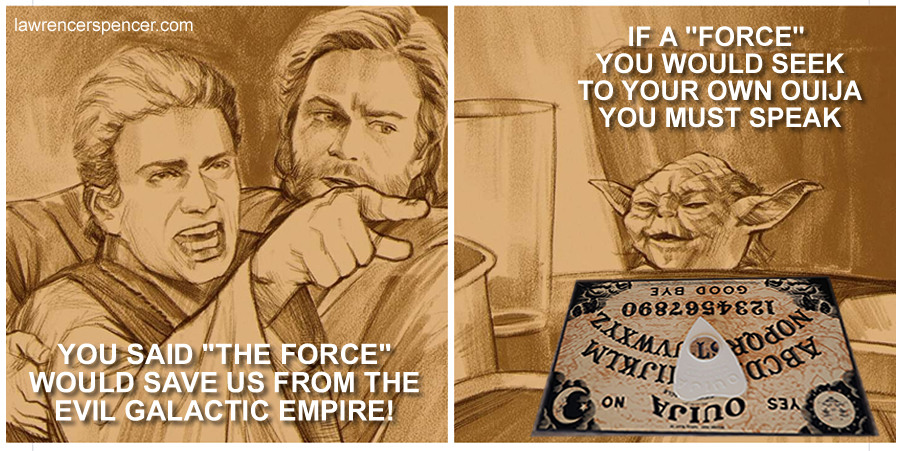Republished by Blog Post Promoter
 The ouija (/ˈwiːdʒə/ WEE-jə, /-dʒi/ jee), also known as a spirit board or talking board, is a flat board marked with the letters of the alphabet, the numbers 0–9, the words “yes”, “no”, “hello” (occasionally), and “goodbye”, along with various symbols and graphics. It uses a small heart-shaped piece of wood or plastic called a planchette. Participants place their fingers on the planchette, and it is moved about the board to spell out words. “Ouija” was formerly a trademark belonging to Parker Brothers, and has subsequently become a trademark of Hasbro, Inc. in the United States,[1][2] but is often used generically to refer to any talking board. According to Hasbro, players take turns asking questions and then “wait to see what the planchette spells out” for them. It is recommended for players over the age of eight.[3]
The ouija (/ˈwiːdʒə/ WEE-jə, /-dʒi/ jee), also known as a spirit board or talking board, is a flat board marked with the letters of the alphabet, the numbers 0–9, the words “yes”, “no”, “hello” (occasionally), and “goodbye”, along with various symbols and graphics. It uses a small heart-shaped piece of wood or plastic called a planchette. Participants place their fingers on the planchette, and it is moved about the board to spell out words. “Ouija” was formerly a trademark belonging to Parker Brothers, and has subsequently become a trademark of Hasbro, Inc. in the United States,[1][2] but is often used generically to refer to any talking board. According to Hasbro, players take turns asking questions and then “wait to see what the planchette spells out” for them. It is recommended for players over the age of eight.[3]
Following its commercial introduction by businessman Elijah Bond on July 1, 1890,[1] the ouija board was regarded as a parlor game unrelated to the occult until American spiritualist Pearl Curran popularized its use as a divining tool during World War I.[4] Spiritualists claimed that the dead were able to contact the living and reportedly used a talking board very similar to a modern ouija board at their camps in Ohio in 1886 to ostensibly enable faster communication with spirits.
One of the first mentions of the automatic writing method used in the ouija board is found in China around 1100 AD, in historical documents of the Song Dynasty. The method was known as fuji “planchette writing”. The use of planchette writing as an ostensible means of necromancy and communion with the spirit-world continued, and, albeit under special rituals and supervisions, was a central practice of the Quanzhen School, until it was forbidden by the Qing Dynasty.[13] Several entire scriptures of the Daozang are supposedly works of automatic planchette writing. According to one author, similar methods of mediumistic spirit writing have been practiced in ancient India, Greece, Rome, and medieval Europe.[14] —
Talking boards
As a part of the spiritualist movement, mediums began to employ various means for communication with the dead. Following the American Civil War in the United States, mediums did significant business in presumably allowing survivors to contact lost relatives. The ouija itself was created and named in Baltimore, Maryland, in 1890, but the use of talking boards was so common by 1886 that news reported the phenomenon taking over the spiritualists’ camps in Ohio.[5]
Wikipedia.org
